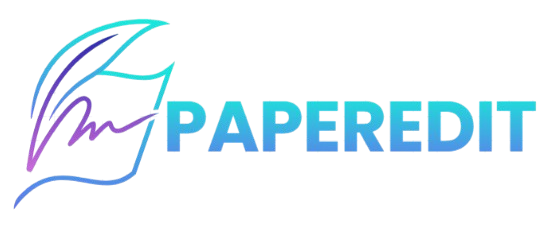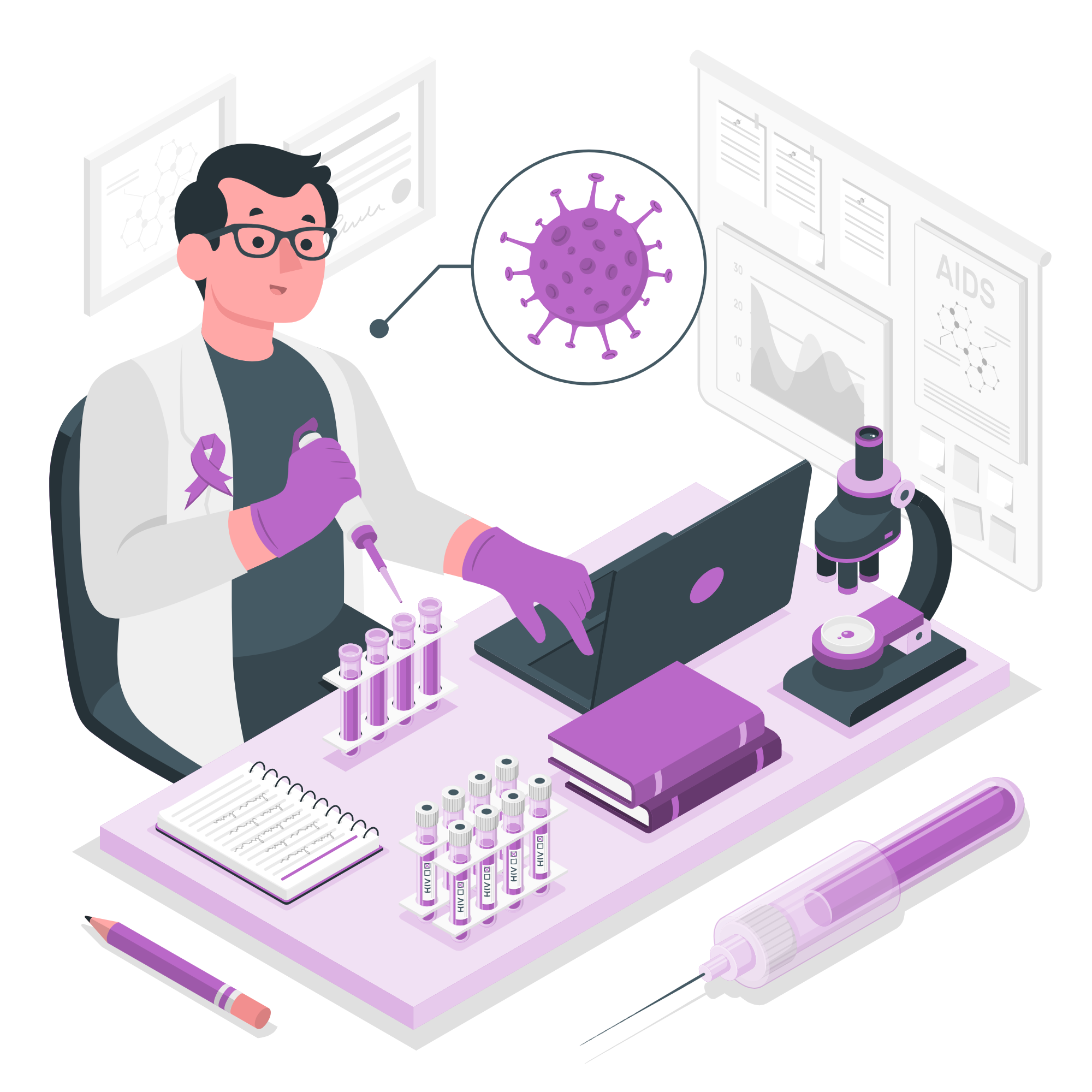What Counts as Plagiarism in 2025? Updated Ethical Guidelines
Plagiarism in 2025 is more complex than ever before. It’s no longer just about copy-pasting from Wikipedia. With artificial intelligence, preprints, research networks, and collaborative tools, the definition of plagiarism has expanded—and so has the risk of getting caught.
If you're a student, researcher, or editor, you must understand what truly qualifies as plagiarism in today's world—and how to avoid it without compromising your work.
1. Undisclosed Use of AI: Modern Ghostwriting
Old misconception: “I used ChatGPT to fix my grammar—no need to cite it.”
Reality in 2025: That’s considered concealed authorship.
In 2025, tools like ChatGPT, Claude, and Gemini can generate nearly publish-ready papers. But if you use AI to draft, summarize, or rewrite content without disclosing it, it’s viewed as non-transparent authorship or even ghostwriting.
✅ Example:
A researcher asks ChatGPT to write the introduction of a manuscript. They submit the paper without edits or any note of AI involvement. This is now a clear violation.
✔️ How to Stay Safe:
- Add a line in the acknowledgments:
“This article was drafted with the help of ChatGPT-4. The final content was reviewed by the authors.” - Journals now ask: Did AI contribute to this paper? Be honest.
2. Paraphrasing Without Credit = Plagiarism in 2025
“I changed the words, so it’s original, right?”
Wrong. Plagiarizing ideas—even in your own words—is still plagiarism.
In 2025, AI-based detectors can catch paraphrased content even if you changed every single word. If the idea belongs to someone else, you must cite them.
Example:
You rephrase a paragraph from a 2020 research paper on climate policy without citing it. Even though it sounds different, it’s still plagiarism.
How to Stay Safe:
- Cite the original source—even if the wording is yours.
- Tools like Turnitin now flag paraphrased plagiarism too.
3. Self-Plagiarism in 2025: Reusing Your Own Work
“It’s my research. I can reuse it wherever I want.”
Not anymore. Most journals now scan for duplicate author content.
Self-plagiarism refers to reusing your previously published content (data, text, even methods) without proper disclosure.
Example:
You copy a section from your old thesis into a new journal article. It’s your own words—but the journal still flags it.
How to Stay Safe:
- Cite your earlier work: “This section builds upon findings from [Author, Year].”
- Request permission from publishers if reusing large chunks.
4. Image, Data, and Chart Plagiarism in 2025
“I found this graph on Google Images. Can I use it?”
Not without attribution—and not always legally.
Visual plagiarism includes using others’:
- Graphs
- Tables
- Flowcharts
- Photographs
…without permission or citation. Even “slightly modified” versions can be flagged.
Example:
You screenshot a graph from a Nature article, change the color scheme, and insert it into your paper. That’s plagiarism unless cited and permitted.
How to Stay Safe:
- Always cite image/data sources.
- Use your own visuals or Creative Commons-licensed ones.
5. Group Work Without Proper Contribution Disclosure
“A colleague helped, but I’ll list only myself.”
That’s academic dishonesty.
Collaboration is encouraged—but you must credit everyone fairly. Journals in 2025 require contributor roles using CRediT taxonomy (e.g., "Conceptualization, Methodology, Writing – original draft").
Example:
A medical intern writes an entire discussion section, but isn’t listed as an author. This could be flagged as ghostwriting.
How to Stay Safe:
- Acknowledge all contributions.
- Don’t use ghostwriters in academic work unless their role is disclosed.
6. Translating Without Citation = Hidden Plagiarism in 2025
“It’s in a different language—no one will know.”
Don’t be fooled. Translation plagiarism is on the radar now.
Translating a paper from another language and passing it off as original is still plagiarism.
Example:
You translate a German research article into English and publish it under your name. It’s plagiarism unless cited and permissions are granted.
How to Stay Safe:
- Cite the original.
- Ask the publisher for translation rights.
7. Unattributed Idea Borrowing (Concept Theft)
Even if you don't copy exact words or data, using someone else’s ideas without acknowledgment is unethical.
Example:
At a conference, you hear a speaker propose a new theory. You write about it in your next paper without mentioning them.
This is called idea plagiarism—and it's harder to prove, but still wrong.
How to Stay Safe:
- Acknowledge where ideas came from, even if they were verbal or informal.
Why Plagiarism in 2025 Matters More Than Ever
Plagiarism in 2025 can destroy your academic credibility even if it was unintentional. Publishers now use AI to detect not only copied phrases, but copied structure, tone, flow, and idea sequences.
With the rise of open-access content, AI writers, and digital footprints, there’s nowhere to hide. The good news? By understanding these new guidelines, you can protect your work, build credibility, and stay ethically sound.
For further assistance, feel free to contact us via email at editing@paperedit.com or through WhatsApp at +447458935352. You can also fill out the contact form for additional inquiries.

